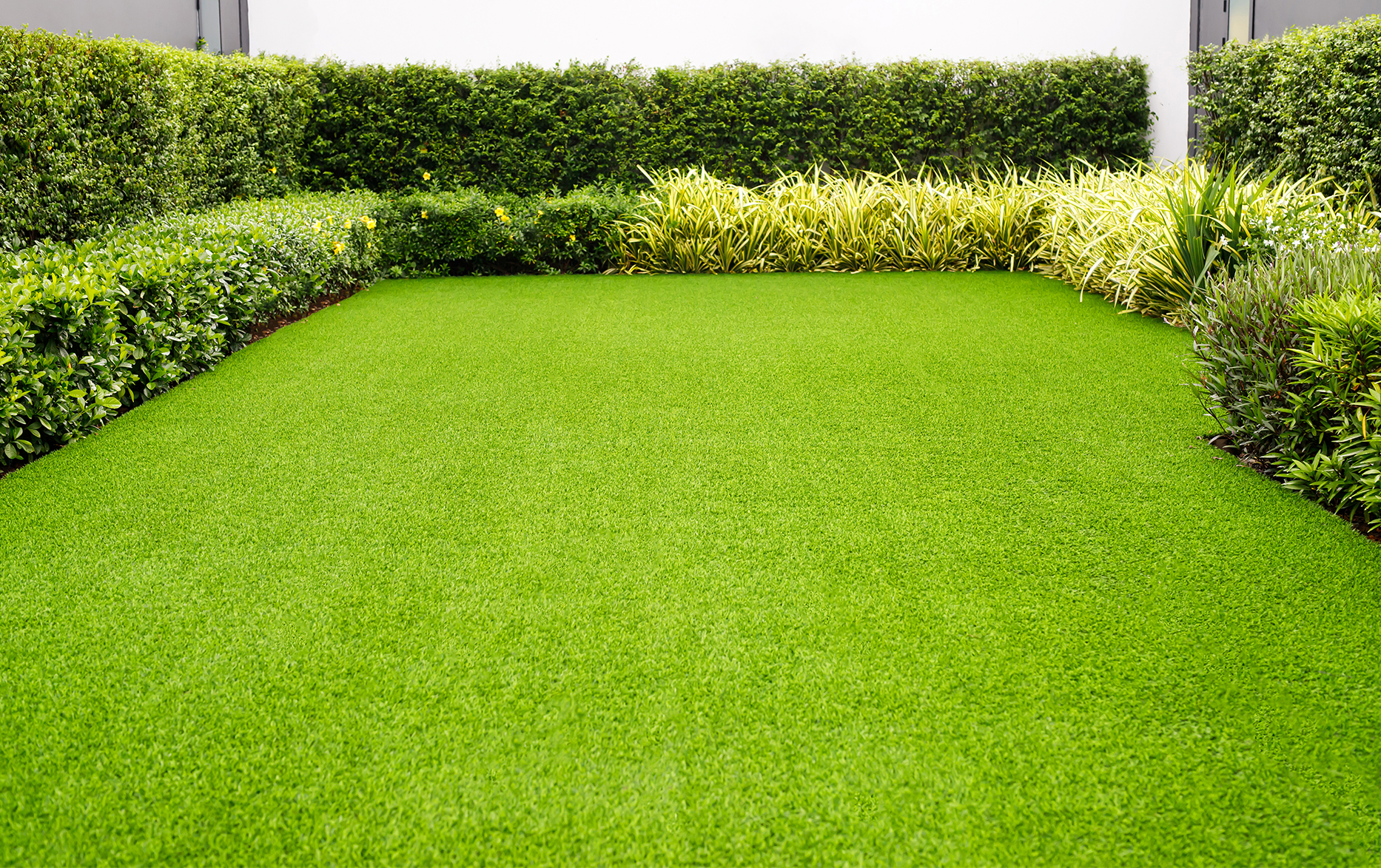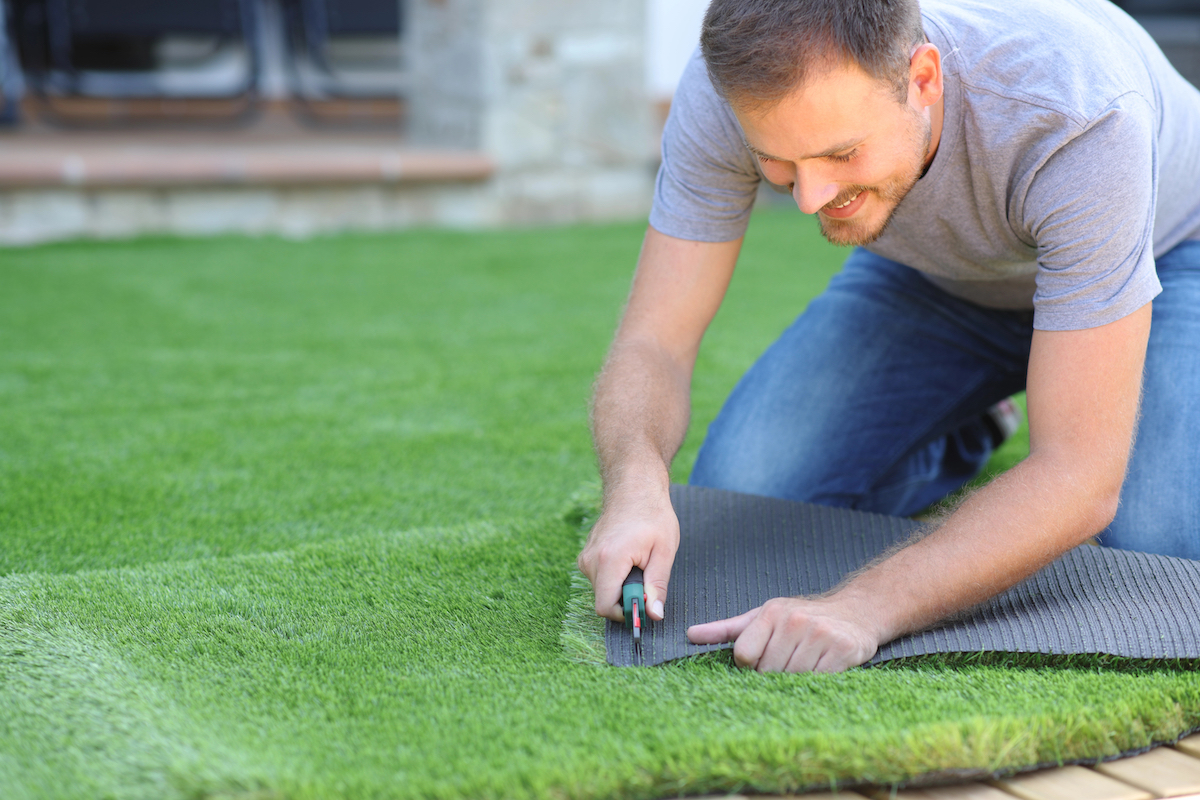Get a Perfect Lawn with Arizona Artificial Turf for Any Outdoor Space
Get a Perfect Lawn with Arizona Artificial Turf for Any Outdoor Space
Blog Article
Explore the Environmental Benefits of Opting for Artificial Turf Solutions
The fostering of synthetic grass remedies offers a compelling possibility to attend to pressing environmental obstacles. By substantially minimizing water use and minimizing the application of hazardous chemicals, these alternatives not only advertise sustainable landscape design however also protect local communities.
Water Preservation Conveniences
Among one of the most considerable benefits of fabricated grass is its ability to save water. Standard yard yards require considerable watering, especially in locations prone to dry spell or water limitations. On the other hand, fabricated turf does not need watering, significantly minimizing the total demand for water resources. This attribute is specifically useful in arid areas where water scarcity is a pressing worry.
By getting rid of the requirement for regular watering, synthetic grass contributes to sustainable landscape methods and aids alleviate the ecological influence of too much water consumption. In addition, the conservation of water prolongs to the reduction of runoff, which can lead to soil disintegration and river contamination.
In addition, the installation of synthetic grass allows districts and house owners to assign water resources more efficiently, concentrating on essential uses such as drinking water and farming. The change towards synthetic grass not just advertises accountable water use but also lines up with wider environmental objectives targeted at maintaining natural sources.
As neighborhoods increasingly focus on sustainability, the water conservation benefits of fabricated turf provide a compelling instance for its fostering in household and commercial landscaping jobs.
Reduced Chemical Use
The change to man-made lawn dramatically lowers the dependence on chemical treatments commonly made use of in all-natural grass maintenance. Conventional lawn administration typically includes the application of herbicides, plant foods, and pesticides to advertise development and control bugs. These chemicals can posture threats to human wellness, local wildlife, and the setting, adding to soil and water contamination.
In comparison, synthetic lawn gets rid of the requirement for these dangerous compounds. By minimizing the launch of synthetic substances into the ecosystem, fabricated grass promotes healthier dirt and water systems.
Furthermore, the absence of chemical overflow related to synthetic grass installations helps protect neighborhood rivers from pollution, sustaining marine life and preserving biodiversity. Artificial turf companies phoenix. As communities progressively prioritize sustainable methods, opting for artificial grass provides a practical solution that straightens with environmental conservation goals. With this shift, building owners can take pleasure in lavish green spaces without compromising eco-friendly wellness, paving the way for a more lasting future
Reduced Carbon Footprint

Furthermore, the setup of synthetic grass can lead to significant water preservation. Natural grass call for substantial amounts of water for irrigation, which not only contributes to the carbon footprint connected with water extraction and therapy yet additionally strains neighborhood water resources. In comparison, man-made turf requires marginal upkeep, requiring no watering, consequently substantially lowering water usage and its linked power expenses.
Furthermore, the long life of man-made turf contributes to its reduced carbon influence. With a life-span of as much as 15 years or even more, the requirement for regular replacements is decreased, resulting in less waste and lower energy intake in production and throwing away traditional grass choices. On the whole, synthetic grass provides a sustainable option for eco aware landscape design.
Environment Preservation
Habitat conservation is an essential consideration in the argument over landscape design choices, particularly when contrasting synthetic grass to all-natural turf. Natural yard yards often call for substantial upkeep, including making use of herbicides, chemicals, and fertilizers, which can detrimentally affect neighborhood environments. These chemicals can leach right into the soil and waterways, hurting indigenous flora and animals and disrupting neighborhood habitats.
In comparison, synthetic grass provides an opportunity to lower the environmental impact of landscaping. By going with artificial turf, home owners can decrease the disruption of natural environments connected with conventional lawn care techniques. Artificial grass eliminates the demand for hazardous chemicals, consequently securing neighboring wild animals and preserving the honesty of surrounding ecosystems. In addition, the installation of fabricated turf can bring about the conversion of previous turf locations into more biodiverse landscapes, such as pollinator yards or native plant locations, which can support regional wildlife.
Ultimately, the change to synthetic grass not just saves water and lowers upkeep initiatives however also promotes a more harmonious partnership in between human activities and the native environment, advertising environment preservation while doing so.
Long-Term Sustainability
Long-lasting sustainability is an essential consider examining the benefits of artificial grass over typical lawn lawns. Among one of look at these guys the most significant advantages of man-made turf is its toughness; it can last as much as 15-20 years with minimal upkeep, whereas natural yard needs constant reseeding and replacement. This longevity minimizes the requirement for continuous sources, such as water, plant foods, and pesticides, which are important for preserving a healthy and balanced grass yard.
Furthermore, synthetic grass her latest blog adds to a reduction in carbon emissions linked with lawn care tools. Standard lawns commonly require gas-powered mowers, trimmers, and blowers, every one of which add to air contamination. Artificial turf companies phoenix. In comparison, man-made turf eliminates the need for such tools, advertising a cleaner setting
Additionally, the manufacturing of synthetic grass significantly utilizes recycled products, improving its sustainability account. As manufacturers adopt green practices, the environmental footprint of artificial turf remains to diminish.

Verdict
The fostering of man-made grass services provides considerable environmental advantages, consisting of significant water conservation, lowered reliance on unsafe chemicals, and a reduced carbon footprint. Fabricated turf aids in protecting all-natural habitats by decreasing land disturbance and advertising long-lasting sustainability through the usage of sturdy materials. Jointly, these factors underscore the capacity of man-made grass to add positively to environmental wellness and supply a feasible choice to typical landscaping techniques in an increasingly resource-conscious globe.
In contrast, synthetic turf does not need watering, significantly lowering the general demand for water sources. By lessening the launch of synthetic compounds right into the environment, fabricated turf promotes healthier soil and water systems.
Furthermore, the setup of fabricated grass can result in significant water preservation. In contrast, artificial turf requires marginal upkeep, requiring no watering, thus considerably minimizing water use and its linked power expenses.

Report this page